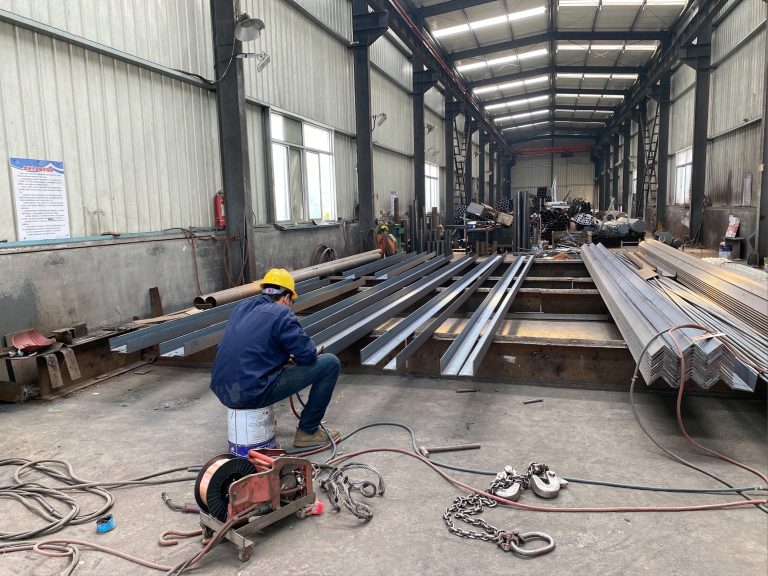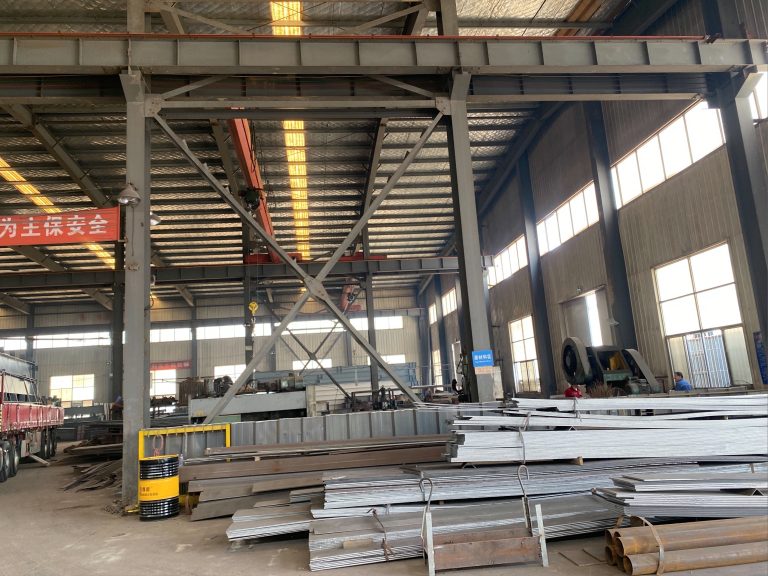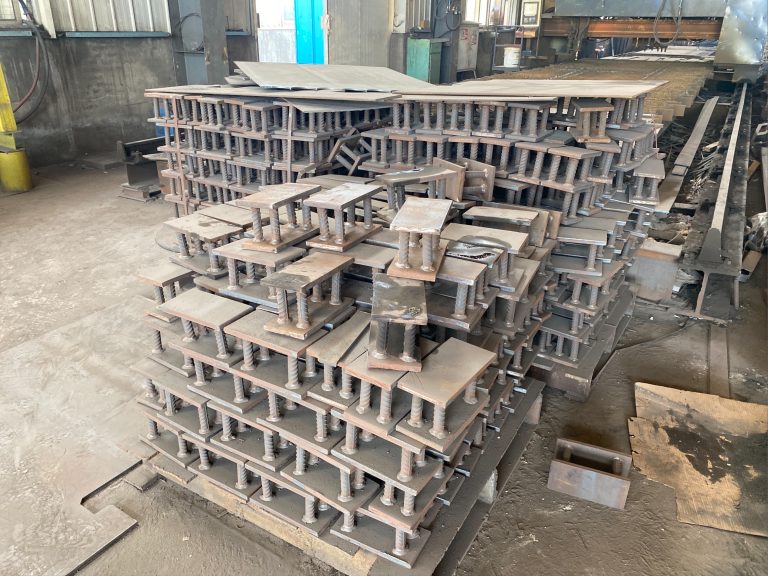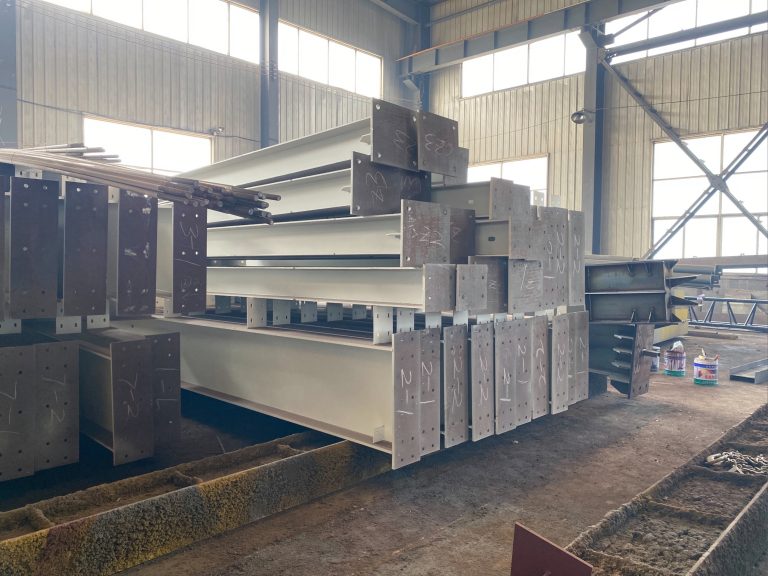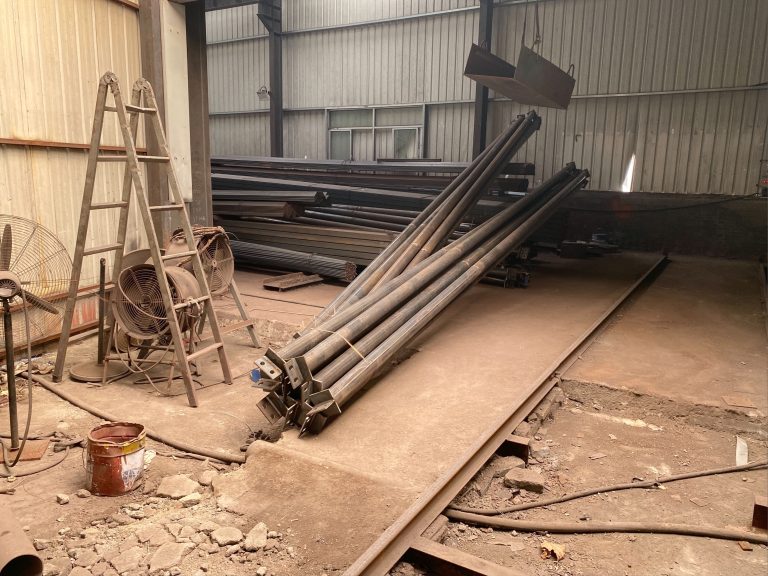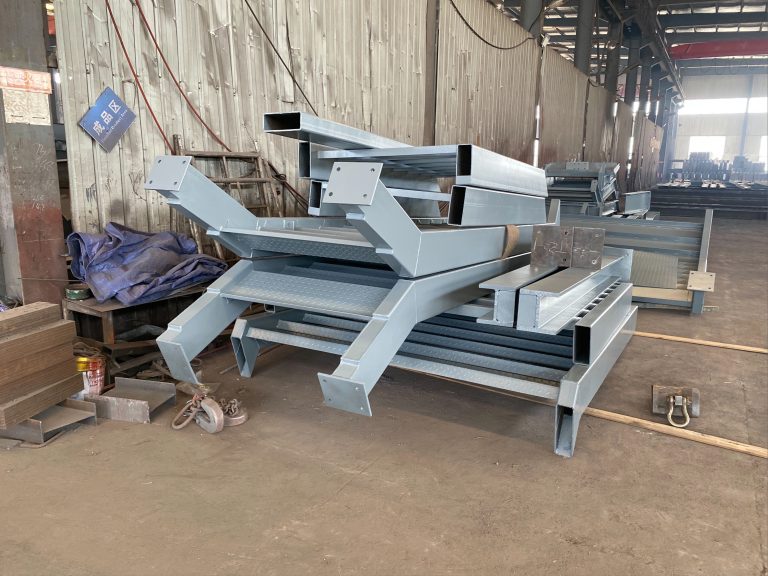Research on material properties of steel structure and its application in engineering
Table of Contents
Strength and Durability of Steel Structures in Engineering Applications
Steel is a widely used material in engineering due to its exceptional strength and durability. Engineers rely on steel structures for a variety of applications, from buildings and bridges to machinery and vehicles. Understanding the material properties of steel is crucial for designing safe and efficient structures that can withstand the demands of their intended use.
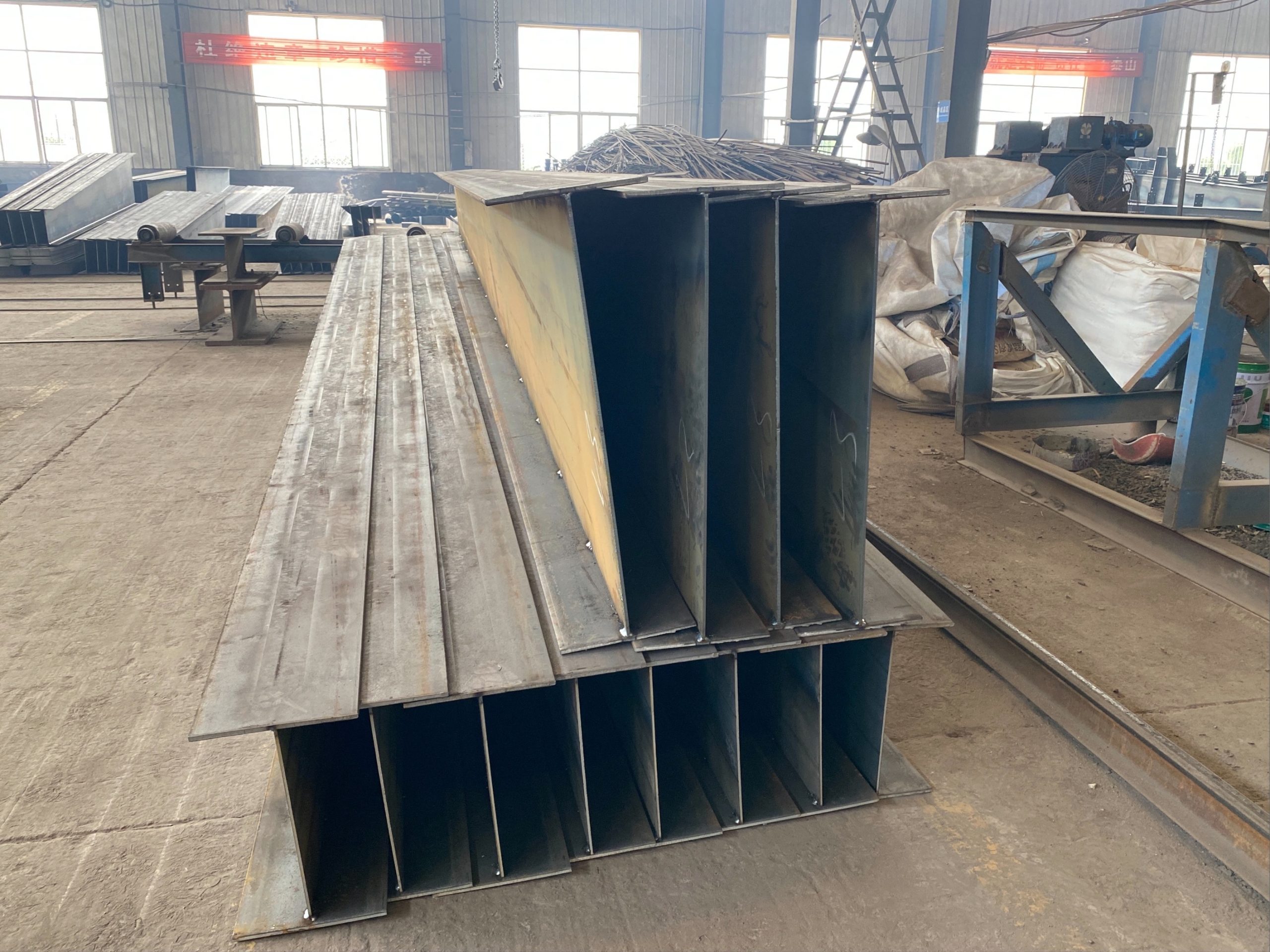
One of the key properties of steel is its high tensile strength, which allows it to resist deformation under tension. This makes steel an ideal material for structures that need to support heavy loads or withstand strong forces, such as skyscrapers and bridges. In addition to its strength, steel also has excellent ductility, meaning it can be easily shaped and formed without losing its structural integrity. This makes it a versatile material that can be used in a wide range of engineering applications.
Another important property of steel is its durability. Steel is highly resistant to corrosion, which is a common problem with other materials like wood or concrete. This makes steel structures long-lasting and low-maintenance, reducing the need for costly repairs or replacements. In addition, steel is also fire-resistant, making it a safe choice for buildings and structures that need to meet strict safety regulations.
Research on the material properties of steel has led to advancements in engineering that have revolutionized the way structures are designed and built. By studying the behavior of steel under different conditions, engineers can optimize the design of steel structures to maximize their strength and durability. This research has also led to the development of new types of steel alloys that offer even greater strength and performance, opening up new possibilities for engineering applications.
One area where research on steel properties has had a significant impact is in the construction of earthquake-resistant buildings. Steel structures are able to flex and bend without breaking under the intense forces of an earthquake, making them a safer choice for buildings in seismic zones. By studying how steel behaves under seismic loads, engineers can design structures that can withstand even the most powerful earthquakes, protecting lives and property.
In addition to buildings, steel is also widely used in the construction of bridges. The high strength and durability of steel make it an ideal material for bridges that need to support heavy traffic loads and withstand harsh environmental conditions. Research on the material properties of steel has led to the development of innovative bridge designs that are not only strong and durable but also cost-effective and sustainable.
The application of research on steel properties extends beyond buildings and bridges to a wide range of engineering fields. From machinery and vehicles to offshore platforms and pipelines, steel structures play a crucial role in modern infrastructure. By understanding the material properties of steel and how they can be optimized for different applications, engineers can design structures that are safe, efficient, and sustainable.
In conclusion, research on the material properties of steel has revolutionized the field of engineering and led to the development of innovative structures that are stronger, more durable, and more cost-effective. By studying how steel behaves under different conditions, engineers can design structures that meet the demands of their intended use and ensure the safety and well-being of the people who use them. Steel will continue to be a vital material in engineering for years to come, thanks to ongoing research and advancements in the field.
Impact of Material Properties on the Performance of Steel Structures in Construction Industry
Steel is one of the most commonly used materials in the construction industry due to its high strength, durability, and versatility. The material properties of steel play a crucial role in determining the performance and reliability of steel structures in various engineering applications. Extensive research has been conducted to understand the behavior of steel under different loading conditions and environmental factors, and how these properties can be optimized for specific engineering requirements.
One of the key material properties of steel that engineers focus on is its tensile strength. Tensile strength refers to the maximum amount of tensile stress that a material can withstand before it fails. Steel is known for its high tensile strength, which makes it an ideal choice for structural applications where strength and stability are paramount. Research has shown that the tensile strength of steel can be further enhanced through various heat treatment processes, such as quenching and tempering, to improve its mechanical properties and performance.
Another important material property of steel is its ductility. Ductility refers to the ability of a material to deform under tensile stress without fracturing. Steel exhibits excellent ductility, allowing it to undergo significant deformation before failure. This property is crucial in structural engineering, as it enables steel structures to absorb energy and withstand dynamic loads, such as earthquakes and wind forces. Research has shown that the ductility of steel can be enhanced through alloying elements and controlled cooling processes, making it more suitable for high-performance applications.
In addition to tensile strength and ductility, the toughness of steel is another critical material property that influences the performance of steel structures. Toughness refers to the ability of a material to absorb energy and resist fracture under impact loading. Steel is known for its high toughness, which makes it highly resistant to sudden and unpredictable loads. Research has shown that the toughness of steel can be improved through microstructural refinement and the addition of alloying elements, enhancing its resistance to brittle fracture and improving its overall performance in engineering applications.
The fatigue strength of steel is another important material property that engineers consider when designing steel structures. Fatigue strength refers to the ability of a material to withstand repeated loading and unloading cycles without failure. Steel exhibits excellent fatigue strength, making it suitable for applications where cyclic loading is common, such as bridges, cranes, and offshore structures. Research has shown that the fatigue strength of steel can be enhanced through surface treatments, such as shot peening and nitriding, to improve its resistance to fatigue crack initiation and propagation.
In conclusion, the material properties of steel play a crucial role in determining the performance and reliability of steel structures in the construction industry. Extensive research has been conducted to understand the behavior of steel under different loading conditions and environmental factors, and how these properties can be optimized for specific engineering requirements. By enhancing the tensile strength, ductility, toughness, and fatigue strength of steel through various processes and treatments, engineers can design steel structures that are safe, durable, and cost-effective for a wide range of applications.

